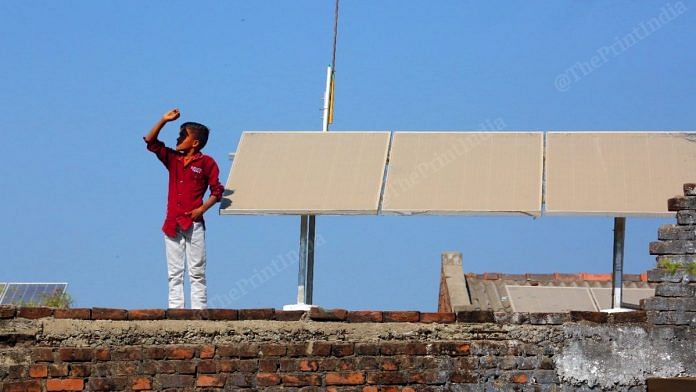Ahmedabad/Vadodara/Surat: A taxi driver in Gujarat received a WhatsApp message from an unknown number two months ago that promised the unthinkable. An electricity bill of zero.
All that Bikhabhai Sanabhia Tadvi had to do was install a solar panel on the roof of his home in Vemardi village, outside Vadodara. He would then be part of India’s biggest residential rooftop solar breakthrough, taking place right here in his home state of Gujarat.
Tadvi, a driver from a Scheduled Tribe community, mulled it over. Installing a rooftop solar panel on his house would cost a steep Rs 1.35 lakh, and his bank wouldn’t offer him a loan. He already had dues against a house and a car loan to pay.
“I thought about it for some time, and realised I would make up the money in a few years’ time, so it was worth the investment,” Tadvi, wearing shades and a crisp white shirt, told ThePrint, standing outside his two-storey home.
Tadvi’s is one of four households planning to install solar panels in the village, but other neighbours, too, said they hoped to do so later. Vemardi has a population of around 1,200, and a literacy rate a little lower than Gujarat’s average of 78.03 per cent, according to the 2011 census.
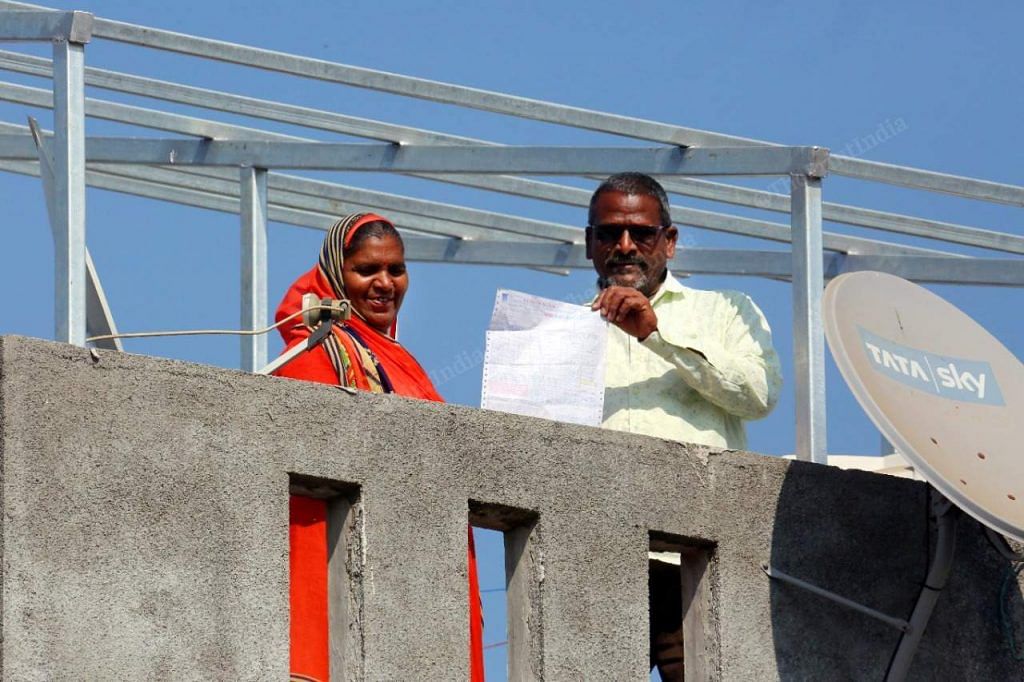
Away from the city, the implementation of Gujarat’s aggressive solar rooftop policy is slowly seeping into villages too, albeit not as quickly as in the state’s urban centres. Gujarat leads in residential rooftop solar installations — a segment that hasn’t quite taken off nationally despite India’s overall success with boosting solar power capacity.
Seven years ago, when India committed to scaling up solar capacity to 100 gigawatts by 2022, 40 GW were to come from the residential rooftop segment and 60 GW from ground-mounted commercial and industrial projects.
While the latter sector has achieved about 85 per cent of its target, it’s a different story for the residential segment. As of July 2022, less than 20 per cent of the 40 GW target for rooftop solar — only 7.9 GW — had been achieved, according to the latest estimates.
Gujarat, though, has bucked the trend and accounts for the lion’s share of all rooftop solar installations: About 63 per cent.
ThePrint conducted dozens of interviews with state government officials, vendors, residents, and experts, who said this was achieved through a combination of state policy interventions, the “enterprising spirit” of the people, and smooth implementation of the policy.
Also read: India’s made big strides on renewable energy, but it’s still set to miss 2022 target of 175 GW
Net-metering, digital media, hassle-free implementation
Solar panels mounted on roofs generate electricity from the sun through the day. By night, when the sun disappears, conventional electricity is supplied to households through the grid.
Since 2016, the Gujarat government has installed a total of 3,91,830 residential rooftop solar panel systems. The majority of these were installed over the past three years, said Shivani Goyal, director of the Gujarat Electricity Development Authority, the body that shaped the current policy, called the SURYA Gujarat Yojana.
“The Gujarat government has implemented rooftop solar schemes for many years now. Installations rose significantly after 2018, with the introduction of a common web portal that brought all information and stakeholders involved with rooftop solar implementation together,” she said.
According to her, the availability of “net metering” also helped generate interest. This is a billing mechanism that allows generators to export their surplus energy back to the grid. “When people realised they could save on their electricity bills, it became very popular,” she said.
Gujarat’s distribution companies buy excess electricity for Rs 2.25 a unit for the first five years, according to the SURYA Gujarat Yojana.
An October 2022 study on India’s rooftop solar potential by the international think-tank Institute for Energy Economics and Financial Analysis (IEEFA) and consultancy firm JMK Research also found that the state’s focus on “digitalisation” — using digital media to communicate simplified and relevant information about the process — was a key driver in its success with rooftop solar.
“Essentially, our role is to make the process smooth. We put everything on one portal, with no manual operation. Customers can reach out to our list of vendors, of which there are nearly 600, and we monitor the process on a regular basis,” said Jaiprakash Shivhare, managing director of the Gujarat Urja Vikas Nigam, the nodal agency that took over the scheme’s implementation from 2019 onwards.
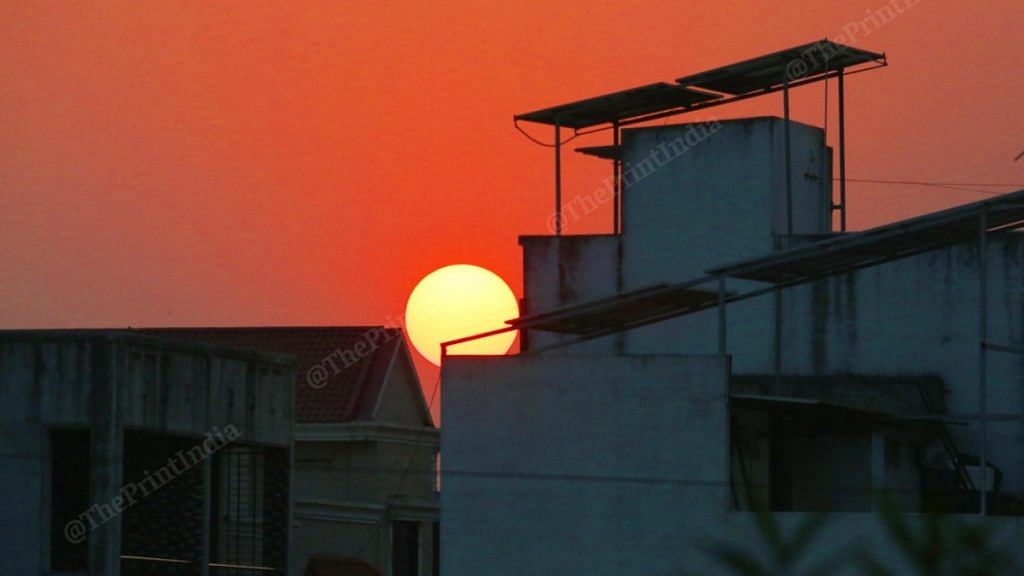
The policy offers a 40 per cent subsidy on capital costs for systems up to 3 kilowatts (kW), and a 20 per cent subsidy on systems that are between 3 and 10 kW, with no limit to how much capacity one can install.
These installations have been most popular among city dwellers, whose electricity bills typically run much higher than smaller households in the outskirts. Nisarg Desai, an ENT surgeon living Gandhinagar with his family of five, said that to him, installing solar panels on the roof was a no-brainer.
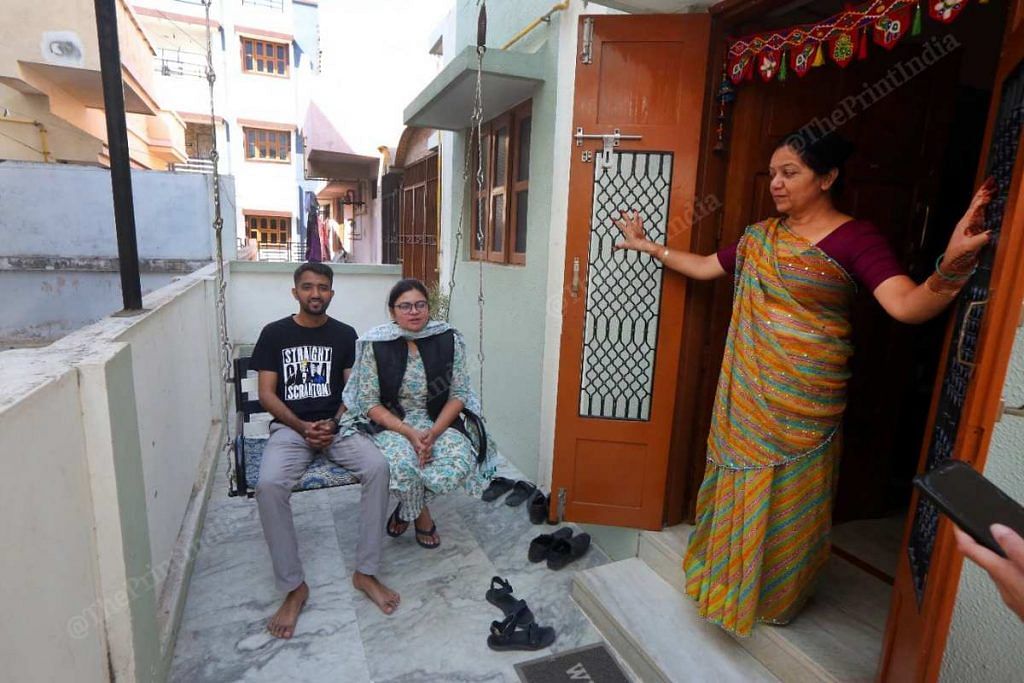
“Every year, we pay at least Rs 30,000 in electricity bills. This is our own house, we plan on living here for at least 10 years. We’ll make up the cost of investment in three-four years with the excess electricity generated,” he said, adding that what helped convince his family was having easily accessible information about the system.
This year, the state government decided to set targets for vendors in rural markets as well.
For Rameshbhai Rathod back in Vermadi, owning a solar panel is a symbol of wealth, and one he aspires to. “When we save enough money, we will also install one,” he said, sitting under his tarpaulin roof. “I don’t know how it works, but if it means paying less in electricity bills, then why not?”
Lessons for other states
Experts say that apart from keeping its ears to the ground, Gujarat’s success with its rooftop policy owes a lot to its distribution companies (DISCOMS), which have consistently been rated among the best in the country in terms of financial health, as well as the strength of the grid.
“For DISCOMS that rely on big consumers to recover their costs, there will be a resistance to offerring schemes like net-metering for solar rooftops, because it takes away from their revenue stream,” explained Vibhuti Garg, South Asia director of IEEFA and co-author of the study on India’s rooftop solar potential.
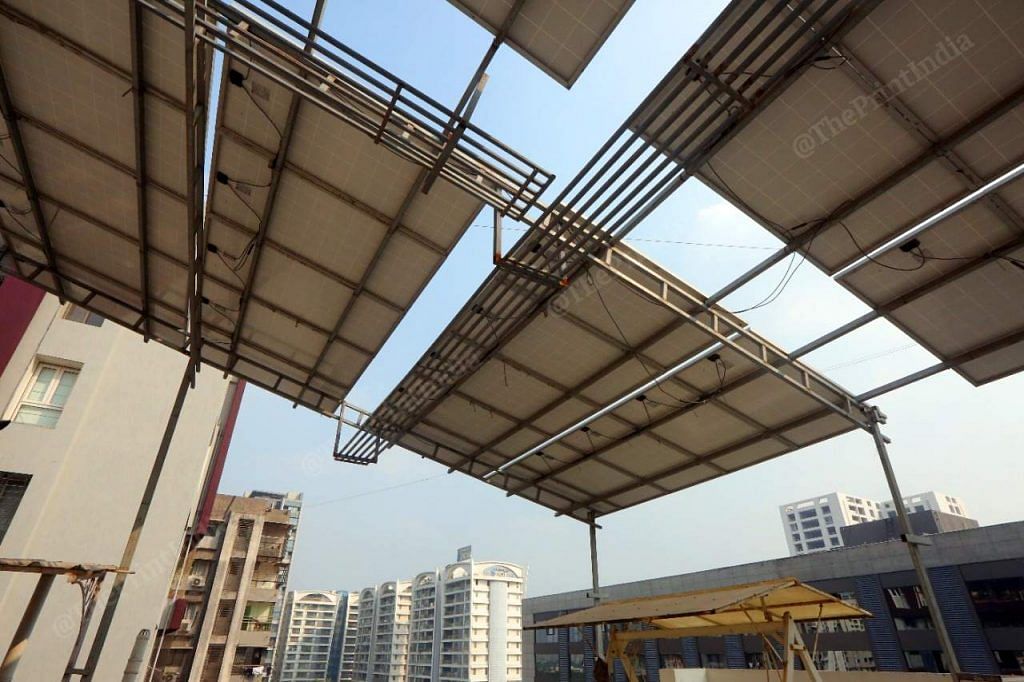
According to the IEEFA and JMK Research study, Maharashtra and Haryana are also attractive destinations for rooftop solar based on electricity cost savings, net metering provisions, subsidy availability and disbursal, as well as DISCOM rating. The least attractive states are Tamil Nadu, West Bengal, and Punjab.
Financial incentives in the form of capital subsidy together with non-subsidised grid electricity tariff make rooftop solar an attractive proposition for consumers to install the system, said Neeraj Kuldeep, senior programme lead at the Council on Energy, Environment and Water (CEEW), a Delhi-based non-profit think-tank.
“What Gujarat has done is create a demand for rooftop solar through extensive consumer awareness efforts and create a robust ecosystem to cater to that demand,” Kuldeep said. “Other states could definitely replicate these elements, like spreading basic awareness and creating and implementing efficient processes.”
The state government has an obligation to purchase at least 8 per cent of its electricity from solar under its Renewable Purchase Obligation (RPO), which will rise to 9.5 per cent next year and 11.25 after that.
RPOs, though determined by states, play a central role in achieving national renewable targets. Earlier this year, India pledged to achieve 50 per cent installed capacity from renewable sources by 2030. Since it has among the highest RPOs in the country, Gujarat delivering on its targets is essential, experts say.
Apart from rooftop solar, the state government is setting up the country’s largest solar park in Kutch, with an installed capacity of 30 GW.
Meanwhile, in the city of Surat, the municipal corporation has taken it upon itself to solarise government buildings and utilities, with 28 per cent of its consumption served by renewable sources, said municipal commissioner Shalini Agarwal.
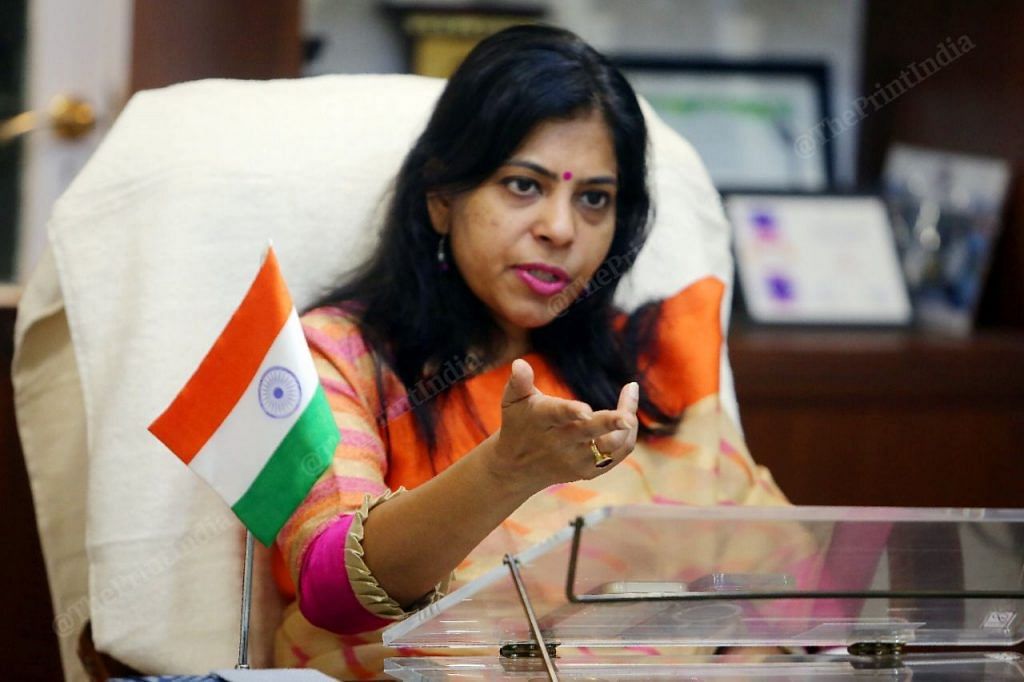
“Surat has the highest number of rooftop solar installations in Gujarat, and the municipal corporation is also doing its bit to increase electricity supply from renewable sources to 32 per cent over the next two years,” she said. “We save over 50 crores annually in our electricity bills this way.”
Agarwal added that other municipal corporations could take a cue from this. “This is an initiative we have taken ourselves, and one other municipalities can also take. Not just in Gujarat, but elsewhere too.”
Where the sun doesn’t shine
Because Gujarat leads in solar rooftop installations, it is also facing the challenges and trade-offs that come with it, particularly in low-income households that prove to be “technically infeasible” for rooftop solar.
The story of Modhera in Mahesana district, India’s first “fully solar powered village”, highlights that success comes with some limits and that its benefits may not be accessible to all.
Back in October, United Nations (UN) secretary general António Guterres had joined Prime Minister Narendra Modi on a visit to Modhera, symbolically located next to a medieval sun temple. Most houses in Modhera — about 1,300 of 1,700 — have solar rooftops, according to officials.
The UN chief spoke of the village in glowing terms as a harbinger of prosperity and for the “reconciliation between humankind and the planet” that it symbolises.
For Chanduvan Gausami, his rooftop solar plant has indeed been a blessing. He owns a fridge, two fans, and an LED TV, apart from a few lightbulbs, for which he no longer has to pay any bills.
“It means we have more money for our daily expenses, and knowing this is a relief,” he said.
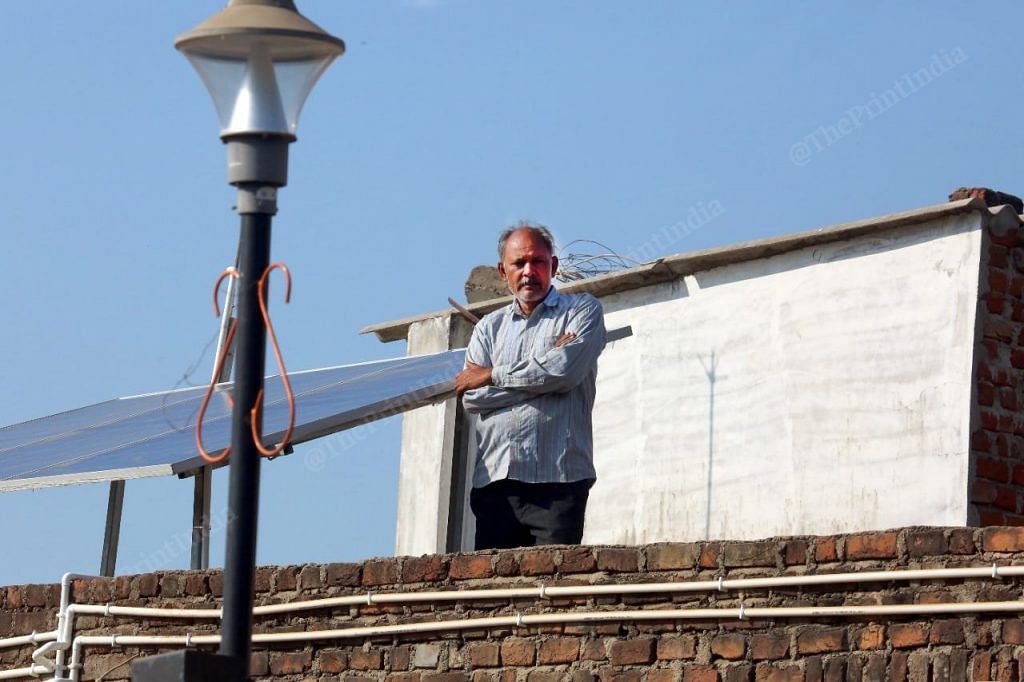
The Modhera model offers a blueprint for what being “fully solarised” might eventually look like — for both rooftop and other types of solar plants.
Unlike the current state rooftop scheme, the houses in Modhera don’t rely on gridded electricity at all.
Solar panels installed on roofs meet Modhera’s daytime needs, but by night, a massive 15 megawatt-hour (MWh) battery storage system, supported by a 6 MW ground-mounted solar plant in an adjacent village, kicks in.
The entire apparatus was set up by the state government’s Gujarat Power Corporation Limited (GPCL) free of cost to the villagers and on an experimental basis, said senior GPCL executive Rajendra Mistry.
Battery storage for solar is considered key to reducing reliance on thermal power — the primary source of electricity supplied to the grid and one of the biggest sources of carbon emissions in India. Storing solar energy for later use can help balance supply to the grid to make it less variable, thus reducing dependence on coal.
Modhera is the first village in India to rely on a system like this, called a grid scale battery energy storage system (BESS), which is considered the future of truly renewable solar energy.
Battery storage, however, requires space and money. The entire system cost the Gujarat government about Rs 81 crore, almost 30 crore of which was just the cost of battery.
Operated by rows and rows of solar panels, the battery occupies several acres of land acquired from the neighbouring village of Sujanpura.
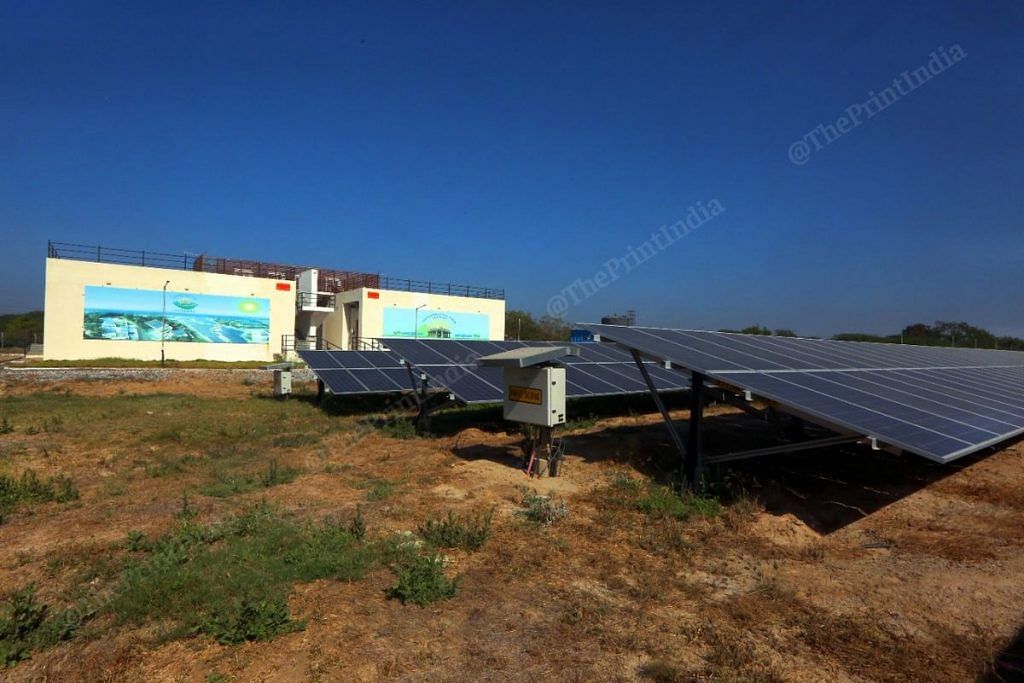
The houses in Sujanpura, a smaller village, have also been fitted with solar panels on rooftops wherever feasible, but their nightly requirements aren’t met by the battery storage system, and are instead drawn from the grid, just like in the rest of Gujarat.
“It’s really great to see our electricity bills come down, and to save on household costs. But that was land we used for grazing our cattle. Now that that is lost, we have less space to graze. Most people living in this village are farmers or herders,” said Rameshsinh Solanki, sarpanch of the village.
The government has allotted grazing land in two other villages for the residents of Sujanpura to use, but this is an offer they are unlikely to take up, Solanki explained.
“We cannot graze our cattle on others’ land. What will happen if they take issue with us grazing over there? It could create conflict. We don’t want to take that risk,” he said.
Dearth of land is one of the biggest hurdles to the widespread profileration of solar power, several studies show. For large-scale ground-mounted projects in particular, solar power plants can, in some cases, lead to the displacement of communities, with ecological consequences that are still being studied. Rooftop solar offers a partial solution to the land crunch.
For 24-year-old Modhera resident Dharmistha Rathod, however, there’s another challenge.
Wedged between two homes affixed with solar panels, the roof of her own one-bedroom house is paved with nothing but two sheets of asbestos. She, her parents, and her disabled brother share one lightbulb, one fan, and one TV.
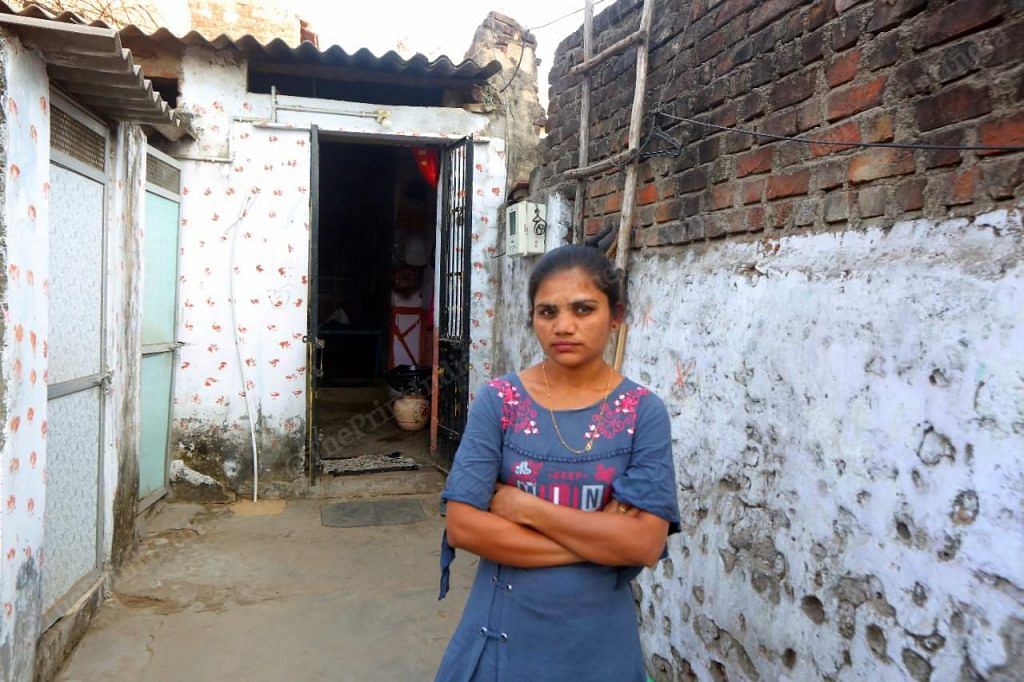
“When they came to do a survey here, they said they can’t install the panel because of the kaccha roof,” she said.
As landless labourers from a Scheduled Caste community, Dharmishtha’s parents don’t have the means to renovate the roof to accommodate a solar panel. “It will cost too much money,” she says.
Her position demonstrates the problems rooftop solar throws up when not backed up by a remote battery-operated system. In more rural areas, houses may not have sturdy enough roofs to hold a panel
Despite such issues, several officials with the Gujarat government expressed confidence in rooftop solar succeeding in rural areas.
For houses like these, or ones that fall in the shade, the solution lies in “virtual net metering,” said Mistry of the GCPL.
“Virtual net metering allows us to set up a small-scale ground-mounted solar plant at a separate location to supply such houses,” he said. “For houses that don’t have the technical feasibility for rooftop solar, we have proposed this to the government.”
The existing ground-mounted system isn’t connected to the conventional grid because the current policy doesn’t allow it, but the government is considering moving towards this model where battery storage is infeasible, he said.
(Edited by Asavari Singh)
Also read: Key to net-zero strategy, India’s solar power capacity grew by over 6,000 times in past 12 yrs


